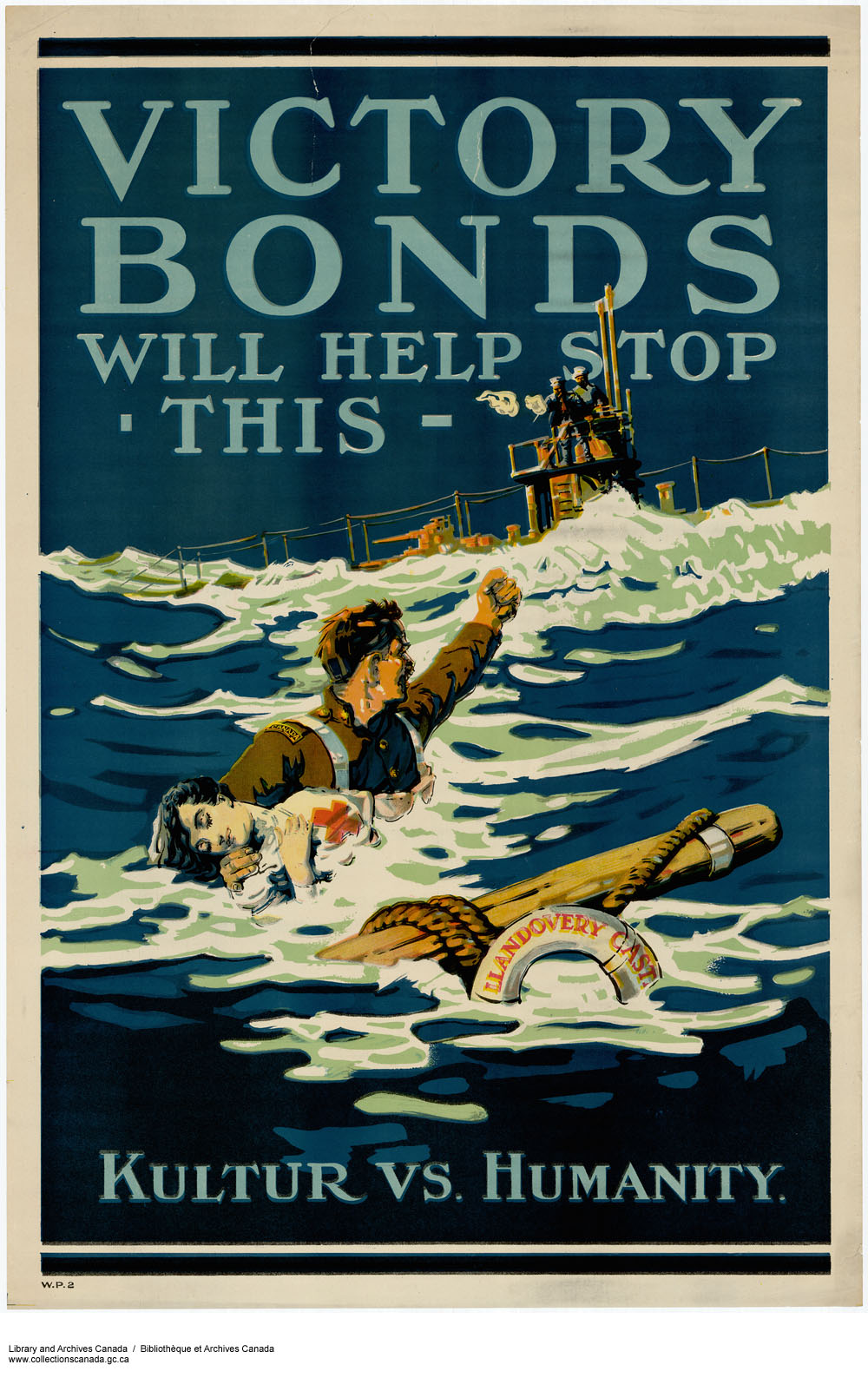Article
Bomarc Missile Crisis
The CIM-10B Bomarc was the world’s first long-range, nuclear capable, ground-to-air anti-aircraft missile. Two squadrons of the missile were purchased and deployed by the Canadian government in 1958. This was part of Canada’s role during the Cold War to defend North America against an attack from the Soviet Union. Prime Minister John Diefenbaker’s refusal to equip the missiles with nuclear warheads led to a souring of Canada’s relationship with the United States, especially once the Cuban Missile Crisis brought the issue to the fore. The issue split Diefenbaker’s Cabinet and contributed to his party losing the 1963 election.















